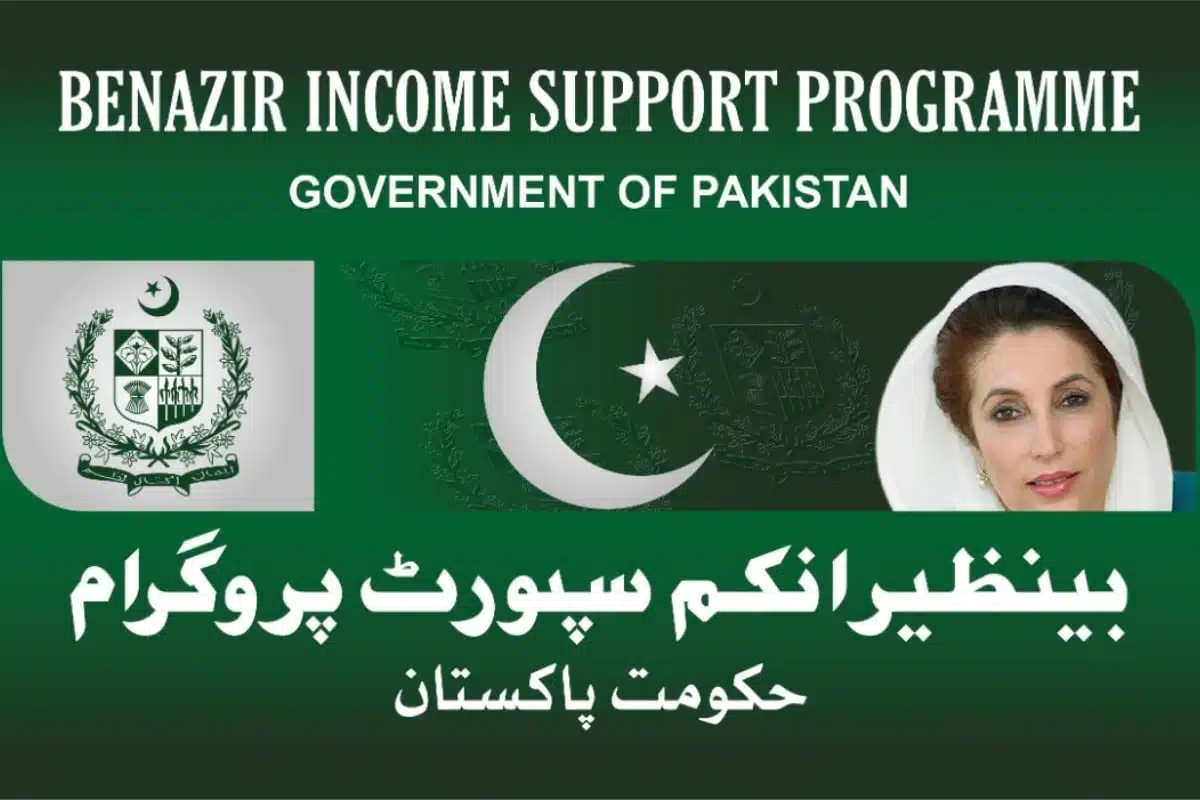Trends and Analysis of PKR vs. USD, EUR, and AED
Introduction
The value of the Pakistani Rupee (PKR) compared to global currencies such as the US Dollar (USD), Euro (EUR), and UAE Dirham (AED) significantly impacts Pakistan’s economy. Exchange rate trends affect trade, inflation, remittances, and everyday expenses. In this article, we analyze the performance of the PKR against these major currencies, the factors influencing these trends, and what it means for businesses and citizens.
1. PKR vs. USD (US Dollar)
Trends
- The USD has consistently been a benchmark currency globally, and its strength directly affects Pakistan’s imports and foreign reserves.
- In recent years, the PKR has experienced depreciation against the USD due to rising debt payments and a trade imbalance.
Key Influencing Factors
- Trade Deficit: Pakistan imports significant goods priced in USD, creating pressure on the Rupee.
- Foreign Debt: Repayment obligations in USD increase demand for dollars, weakening the PKR.
- Remittances: A stronger USD benefits families receiving remittances from abroad.
Impact on Citizens:
- Imports: Rising USD prices increase the cost of fuel, machinery, and raw materials.
- Everyday Goods: Higher costs for imported items such as electronics and food.
2. PKR vs. EUR (Euro)
Trends
- The PKR’s performance against the Euro fluctuates with Europe’s economic policies and global demand for the Euro.
- Trade relations with European countries, particularly under GSP+ status, influence the exchange rate.
Key Influencing Factors
- Trade Agreements: Pakistan’s exports to the EU, particularly textiles, support PKR stability against the EUR.
- Eurozone Stability: Political and economic changes in Europe impact the value of the Euro relative to the PKR.
Impact on Citizens:
- Exports: A weaker PKR boosts export competitiveness in Europe.
- Education: Students studying in Europe face rising tuition and living expenses.
3. PKR vs. AED (UAE Dirham)
Trends
- The AED is pegged to the USD, meaning changes in the PKR/USD rate directly affect the PKR/AED rate.
- Strong remittance flows from Pakistani workers in the UAE help stabilize this currency pair.
Key Influencing Factors
- Remittances: Pakistani expatriates in the UAE contribute to a steady inflow of AED into Pakistan.
- Oil Prices: As an oil-rich nation, UAE’s currency strength is linked to global crude oil prices.
Impact on Citizens:
- Travel and Employment: A weaker PKR increases travel costs for workers and tourists visiting the UAE.
- Remittance Beneficiaries: Families receiving AED benefit when the Rupee weakens.
What Drives PKR Depreciation?
- Political Uncertainty: Investors hesitate during unstable political periods, weakening the PKR.
- Global Inflation: Rising global prices impact Pakistan’s trade balance.
- Monetary Policy: The State Bank of Pakistan’s interest rate decisions influence currency stability.
How to Manage the Impact of Currency Fluctuations
- For Businesses:
- Hedge currency risks using financial instruments like forward contracts.
- Diversify exports to markets with stable exchange rates.
- For Individuals:
- Consider investing in foreign currencies to hedge against depreciation.
- Budget for inflation to manage rising costs of imported goods.
Conclusion
The performance of the PKR against global currencies like the USD, EUR, and AED reflects the health of Pakistan’s economy. While challenges such as trade deficits and global inflation persist, strategic measures by individuals and businesses can help mitigate the impact of currency fluctuations. Staying informed about trends and adapting financial strategies is key to thriving in an ever-changing global economy.







